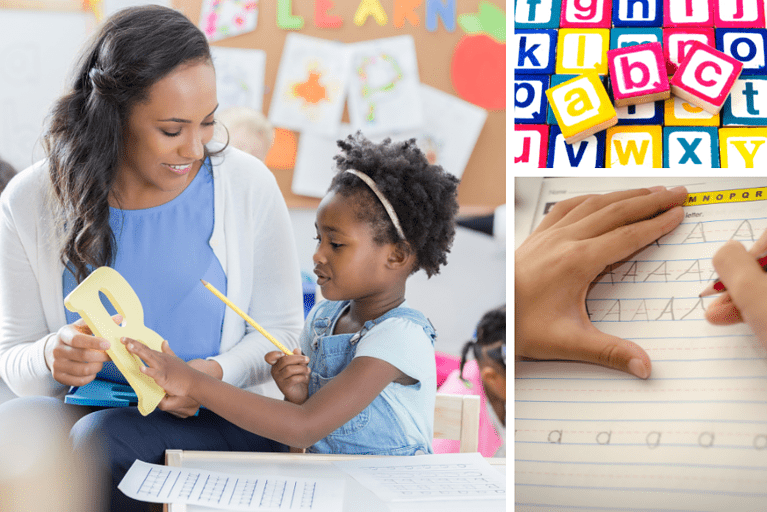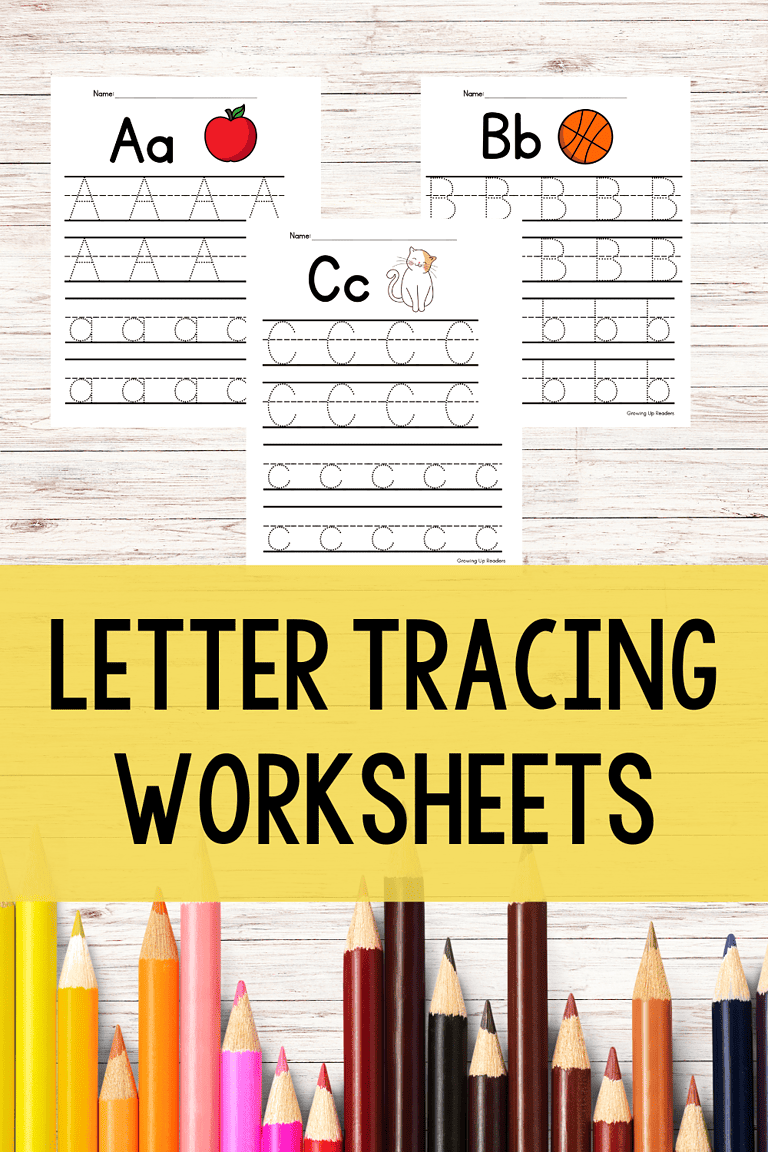This post is all about how to teach your child rhyming words.
how to teach your child to rhyme

Developing your child’s rhyming skills is an important step to becoming a skilled reader. That’s why it’s important to know how to teach your child rhyming words!
Rhyming falls under the umbrella of “Phonological Awareness,” which is a big skill when it comes to reading! Phonological awareness is your ability to put sounds together, pull sounds apart, and even manipulate those different sounds.
Let’s discuss ways to teach your child how to rhyme. As a parent, you can definitely teach your child how to rhyme using these different strategies. They’re quick, easy, and fun!
strategies to teach your child TO RHYME
Read nursery rhymes AND RHYMING BOOKS – OVER AND OVER!
Nursery rhymes and rhyming books are a great way to teach your child how to rhyme. Start by picking out a few of your favorite books and nursery rhymes.
My favorite nursery rhymes – Humpty Dumpty and Hickory Dickory Dock.
Some of my favorite rhyming books – Chicka Chicka Boom Boom and Giraffes Can’t Dance.

Here’s a list of some other great rhyming books if you need a little more inspiration!
Once you know which books or nursery rhymes you want to focus on, start to incorporate them into your daily routine. It’s such a fun thing to do together!
While you are singing the nursery rhymes or reading the rhyming books, you can pause and point out what words were rhyming. Explain that rhyming words are words that have the same ending sounds.
“While I was singing that, I realized there were some rhyming words!
Did you know that wall and fall are rhyming words? That means they sound the same.”

Another question to ask with nursery rhymes and rhyming books is:
“What other words sound like that? Hmm… ball and tall also sound like wall and fall!
Can you think of any others?”
Nursery rhymes and rhyming books have a huge role in teaching rhyming. These types of quick activities will help your little one develop their ear for hearing different sounds when they’re spoken.
Next time you are at the library, don’t forget to pick up some of these rhyming books! This article has a great list of books if you’re unsure where to begin.
teach rhymes by play rhyming games
There are so many fun and quick rhyming games to play! Let’s focus on some rhyming games that can be played in under ten minutes.
Thumbs Up/Thumbs Down
For this game, you will provide two words that either rhyme or do not rhyme. If the two words rhyme, your child will give a thumbs up. If the words do not rhyme, your child will give a thumbs down.
Make it silly and use family names. Example – “Andy… Candy!”

I Spy
You can play this game anywhere! In the car, at the doctor’s office… anywhere!
Start by saying “I spy with my little eye… a word that rhymes with [insert word].” If you’d like you can give an extra clue after.
For example, you can say: “I spy with my little eye… a word that rhymes with hog! It barks.” Hmm… It’s a dog!
Take turns with your child being the person who provides the rhyming word.

Pass the Rhyme
To play this game, think of a shorter word such as “cat.” Then your child will give a word that rhymes with cat. They mighty say “rat.” The rhyme will pass back to you. You can say “bat.”
Once you get stumped, you can think of a new word to pass back and forth!
teach rhymes by USing RHYMING CARDS – AND PICTURES TOO!
Print out some picture cards to help your little one visualize and practice rhyming. There are so many different ways to practice rhyming by using picture cards.
Rhyming Pair Up
For this one, all you will do is lay out 6 cards (you can always use more or less). Your child will match up the two picture cards that rhyme.
Odd Rhyme Out
Lay out 3 cards on the table. 2 of the cards are going to rhyme while 1 card will not be a rhyming word. Your child has to select the two cards that rhyme.
Tips FOR PARENTS to TEACH RHYMING words
Keep it fun and engaging
When you’re trying to teach any new skill to your child, it’s always important to keep it fun, positive, and engaging for all involved. Because you are the parent, you know your child best. Incorporate their favorite things as much as possible!

BE POSITIVE
Keep encouraging your child while they learn this new skill! As they practice and develop their rhyming skills, be sure you are offering plenty of praise for what you notice. This type of positive praise will help your child be confident and motivated throughout the learning process.
model what you want to see
Model rhyming words in everyday speech as you are trying to teach your child how to rhyme. Point out words that rhyme. Continue to encourage your child to practice rhyming with you. Keep providing feedback and praise throughout the process.
problems and solutions when teaching rhyming
MY CHILD DOESN’T HEAR THE RHYMES
Sometimes, your child may have difficulty hearing the rhymes in different words. The activities above are a great starting point.
To better support your child if they are struggling to rhyme, use visual aids. Visual aids (such as picture cards) are a very useful tool to help with this. Use picture cards that are very simple and build up to more complex ones.
Some children will need repeated practice when it comes to rhyming.
IT’S DIFFICULT TO MOTIVATE MY CHILD
If you are finding that your child is not motivated to learn to rhyme, don’t be discouraged. Get some rewards and incentives going after they complete a certain activity- sticker charts, countdown charts, etc.
Try to tailor the activities above to your child’s interests. You know your child best!
MY CHILD ONLY STRUGGLES WITH CERTAIN SOUNDS
If your child is only struggling with certain sounds, continue to work on these trouble areas.
Word families can help your child identify and produce rhymes. For example, you can use the word family “-ig” and create the following words: big, pig, and wig.
Practice and repetition will be crucial for developing these rhyming skills.
final thoughts
Teaching your child rhyming is an important part of their reading journey. By incorporating the activities and strategies listed above, you can help your child develop their rhyming skills.
You know your child best. Every child learns at their own pace. Continue to be patient and supportive while they are learning these new skills. Don’t get discouraged along the way.
With time, plenty of practice, and encouragement, your child will be able to rhyme in no time!
HOW TO TEACH YOUR CHILD RHYMing words









